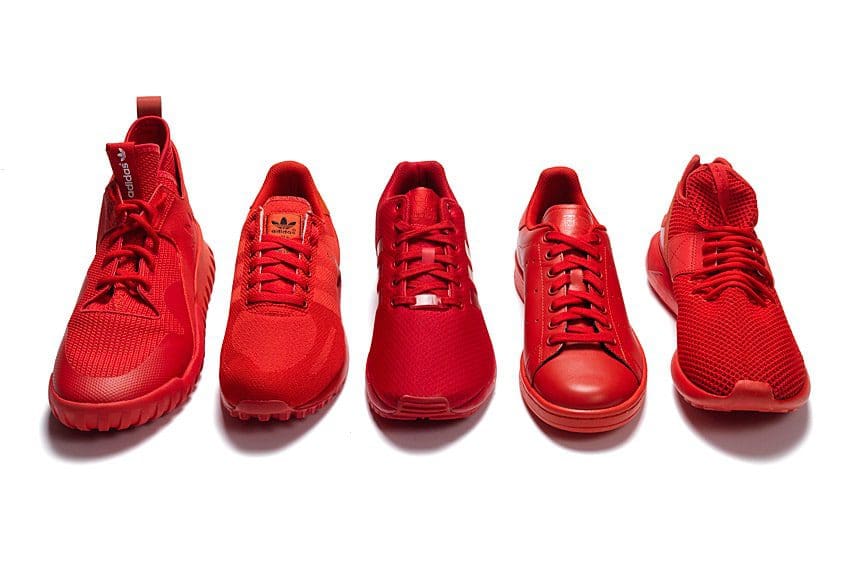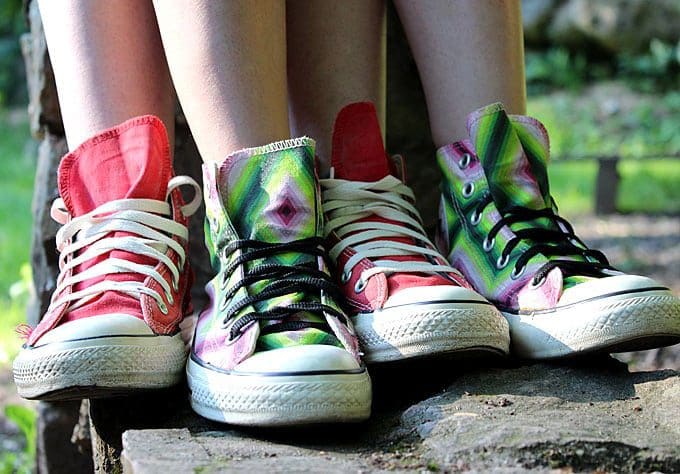5 things you might not know about high fashion – words Alexa Wang
Have a passion for fashion? Get the low down on high fashion with these 5 fast facts we bet you didn’t know.
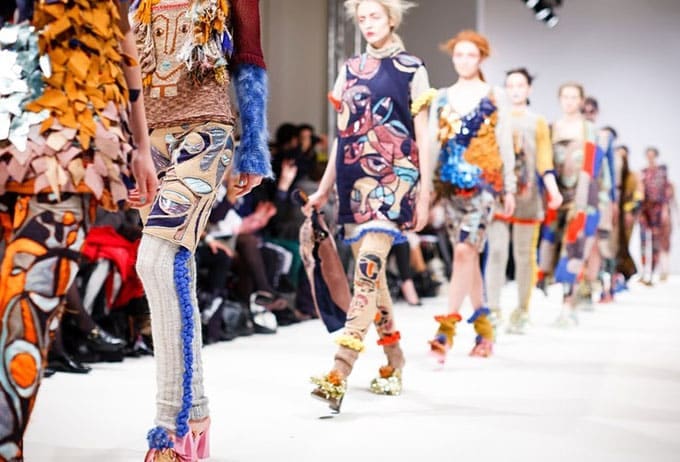 Not all high fashion brands can qualify as a couture house.
Not all high fashion brands can qualify as a couture house.
Not all high fashion is haute couture but all haute couture is high fashion. According to CEO Magazine, “It is up to the French Ministry of Industry to decree who can call themselves a haute couture maison. A collection of at least 25 outfits must be produced, mostly by hand (usually with rare and precious fabrics and embellishments) and definitely in Paris. Oh, and the prices for these one-of-a-kind pieces, which can take up to 700 hours to create, regularly reach the several-hundreds-of-thousands-of-dollars mark.”
 Haute couture clients are not who you think they are.
Haute couture clients are not who you think they are.
When we think of haute couture we think of Paris. We think of Paris because not only are the garments produced there but also because that’s where haute couture’s elite client base is. Right? Wrong. While haute couture was originally a necessity for high-class Parisians in the 19th century, today’s clients tend to live in Russia, China and the Middle East.
 Sunglasses are marked up more than any other product.
Sunglasses are marked up more than any other product.
While high fashion pieces are always expensive, no other product is marked up as much as sunglasses. Not only do they have the highest mark ups when it comes to high fashion, but also retail in general. According to Fashion Designer and blogger, Mariana Leung, in conversation with The List, “Designer sunglasses have the highest markup at retail by far, think 800 percent in some cases. What’s more, almost all designer brands are produced by the same two manufacturers, despite the big difference in price.”
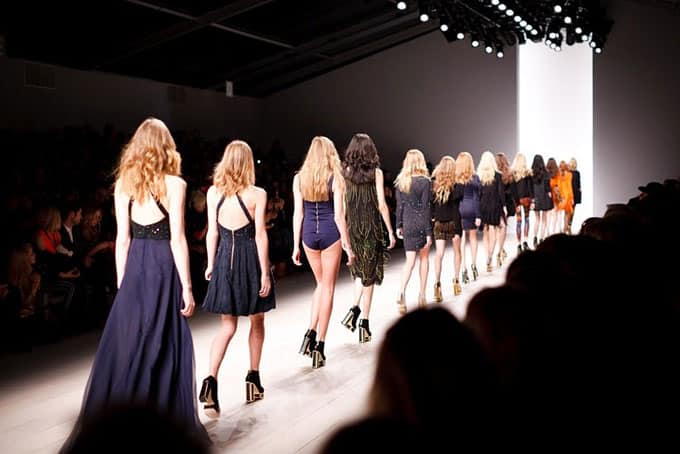 Models get paid less to appear in high fashion pieces than in catalogues.
Models get paid less to appear in high fashion pieces than in catalogues.
While catalogue work typically pays quite well, models may barely earn anything to shoot high fashion pieces. Fashion Model turned Sociologist Ashley Mears told NPR, “It’s unpredictable, it’s insecure, and you don’t get benefits like health care or a retirement package.” And that “shooting for a high-end editorial magazine may pay you a flat rate of $150 a day. It may pay you nothing. It may pay you in lunch. Similarly, some of the catwalk shows, they might be fantastic for your image, but you might not get paid in cash. You might be paid in what’s known as trade. So when you’re paid in trade, you get to take home some clothes.”
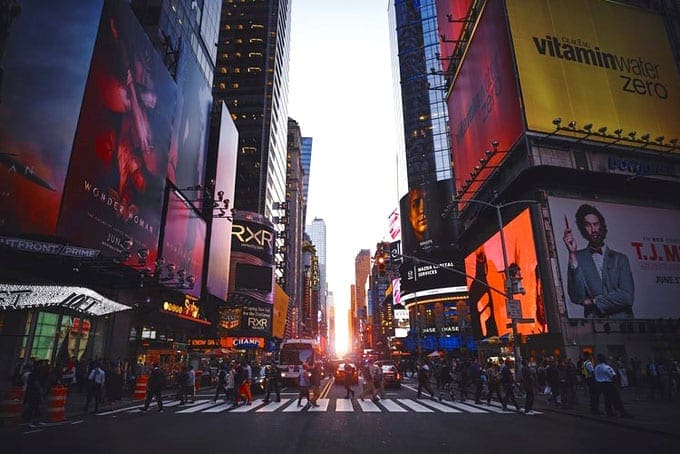 New York wasn’t originally the first Fashion Week.
New York wasn’t originally the first Fashion Week.
While every fashion lover knows that the big four Fashion Weeks take place in the order of New York, London, Milan and then Paris, this wasn’t always the case. Until 1998 (yes that recent) New York held its fashion week after the European shows. So what happened? When legendary designer, Helmut Lang moved headquarters from Vienna to New York in 1998 he announced his plan to display his collection in September – before the European shows – instead of November, when New York collections were traditionally featured. Calvin Klein quickly followed his lead and so did Donna Karen. With those 3 big names at the helm, New York has been the first Fashion Week since.





